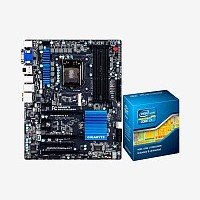What is a Motherboard? - Definition and How Motherboards Work
What is a motherboard? Uncover the answer to this basic but important question and learn how motherboards work with our full motherboard guide.
MOTHERBOARD GUIDE
- What is a Motherboard and How It Works
- Recommended Motherboard CPU Combos
- Motherboard Components and Parts
- Motherboard Form Factors
- How to Choose a Mini ITX Motherboard
- How to Choose a Micro ATX Motherboard
- How to Choose an ATX Motherboard
- Intel Motherboard Socket Types
- AMD Motherboard Socket Types
- The Difference Between USB 2.0 and 3.0
- How to Install a Motherboard
Definition of Motherboard: A motherboard is the main circuit board inside a computer that connects the different parts of a computer together. It has sockets for the CPU, RAM and expansion cards (e.g. discrete graphics cards, sound cards, network cards, storage cards etc)... and it also hooks up to hard drives, disc drives and front panel ports with cables and wires.
Also known as a mainboard, system board, mobo or MB, here's how a motherboard looks like:
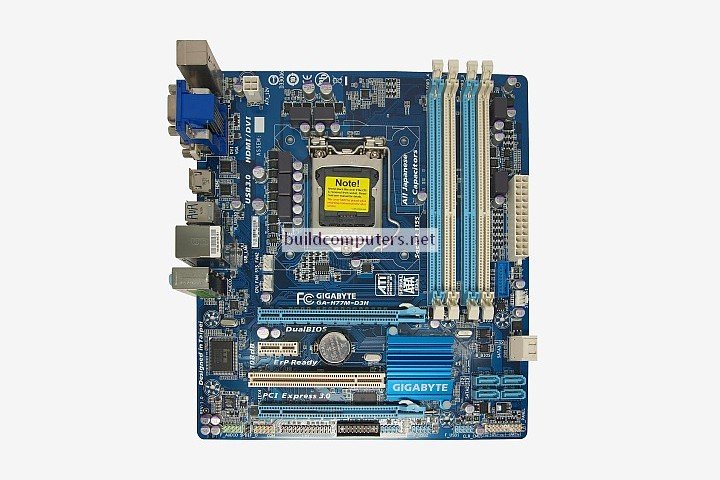
Now this is the same motherboard with the CPU, heat sink fan and RAM installed on it:
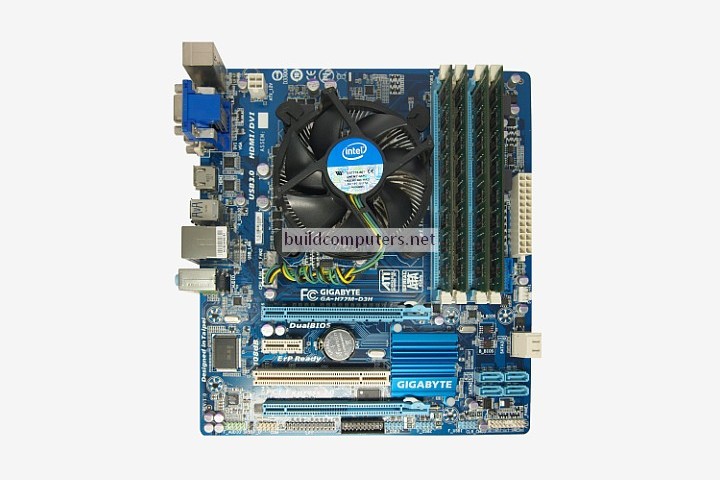
Motherboard definition aside, an easier way to understand what is a motherboard is picturing it as your body's nervous system. It links all the individual parts of a computer together... and in doing so, allows the CPU (brain) to access and control these separate parts.
Other than bridging internal components, the motherboard ports (see image below) also allows you to connect external devices to the computer. Such external devices would include the monitor, speakers, headphones, microphone, keyboard, mouse, modem and other USB devices. For more details, click here for our guide on computer cable connections.
Let's take a look at the motherboard ports and connectors found at the back panel of a computer:
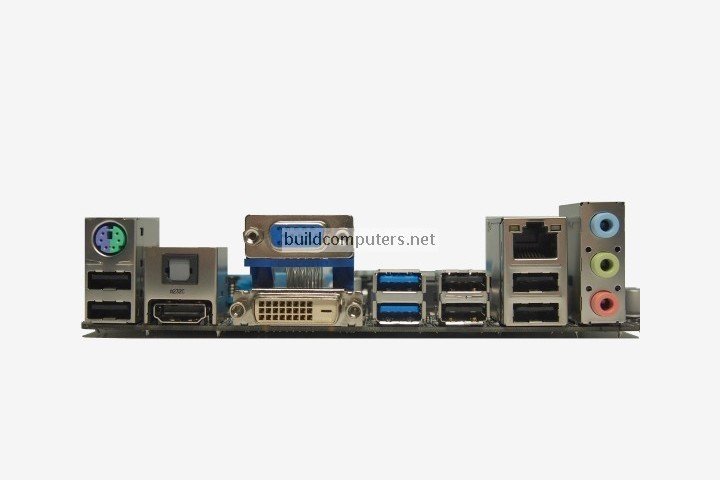
Other than being the connection headquarters, a motherboard is also home to the BIOS (Basic Input/Output System), making it the control center of your computer as well. Motherboard BIOS screenshot:
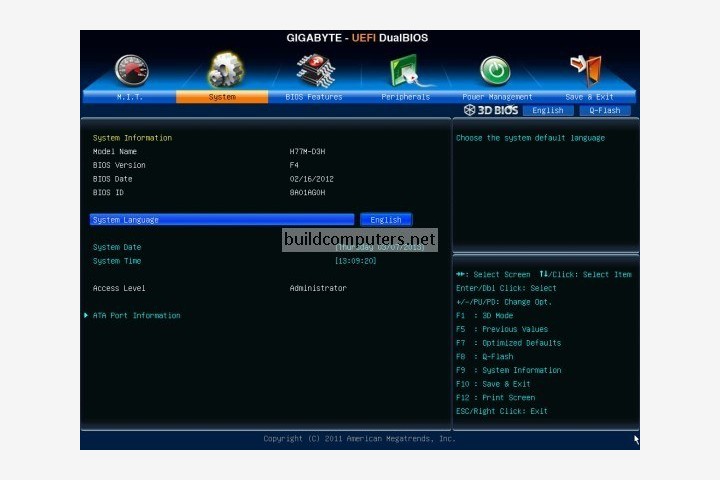
The motherboard BIOS performs hardware checks whenever your computer powers on and allows you to access system settings such as:
- view hardware information and status
- change your computer's boot-up device (e.g. hard drive, disc drive, flash drive etc.)
- manage power settings and savings
- overclock or underclock the CPU and RAM
Now we know how motherboard works, let's move on to the motherboard components and their functions.
Recommended Motherboard CPU Combos
Budget Computer: AMD Athlon 3000G CPU + Gigabyte B450M DS3H Motherboard
Mid Range Computer: AMD Ryzen 5 3400G CPU + Gigabyte B450M Aorus M Motherboard
Gaming Computer: AMD Ryzen 5 3600 CPU + Asus AM4 TUF Gaming X570-Plus Motherboard
Home Theater PC: AMD Ryzen 3 3200G CPU + Gigabyte B450 I Aorus Pro Wi-Fi Motherboard
Click here for our buyer's guide to the best motherboard CPU combos.

